Window Tinting Blog | Industry News
Window Tinting Blog | Industry News
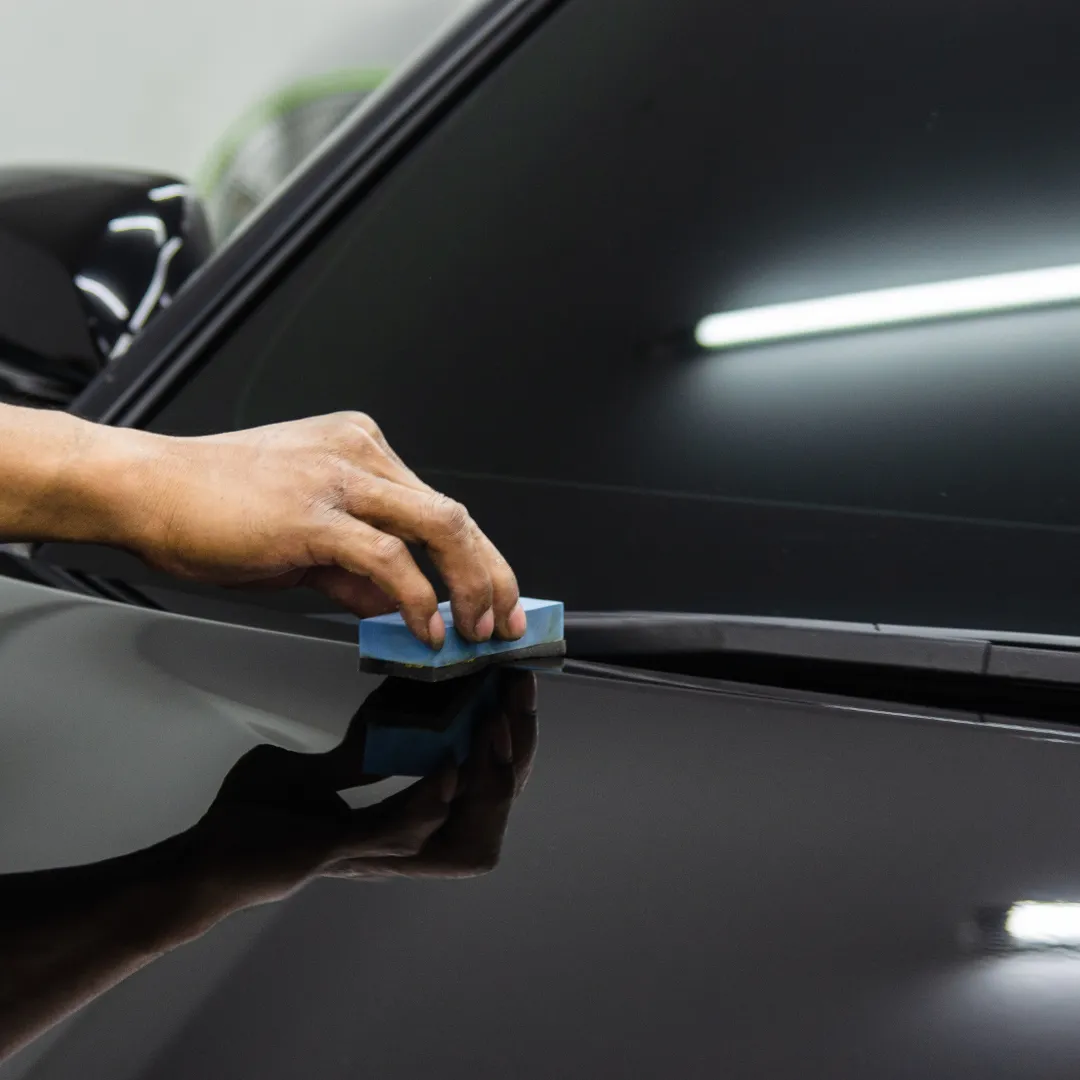
A Consumer's Guide
5 Ways Ceramic Tint Protects Your Car
In the world of automotive enhancements, ceramic tint has emerged as a game-changer. More than just an aesthetic upgrade, this advanced window tinting solution offers a myriad of protective benefits for both the vehicle and its occupants...

PPF vs Ceramic Coatings
Is PPF Better Than Ceramic Coatings?
As car enthusiasts and everyday drivers alike grapple with the "PPF vs ceramic" debate, it's essential to delve deeper into the strengths and limitations of each. This article aims to demystify the comparison, providing insights into PPF...
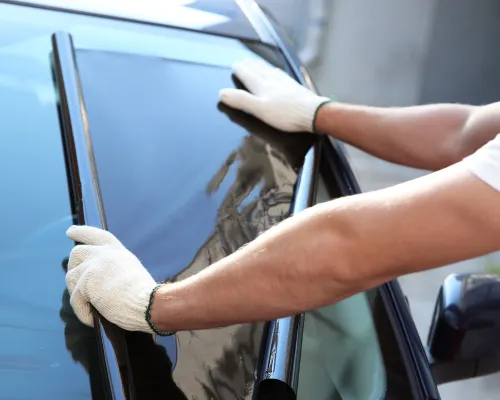
Window Tint Lifespan
How Long Does Window Tint Last?
Picture driving through the sun-soaked streets, your car's interior comfortably shielded by a protective film. But how long will that protection last? The lifespan of window tint can vary significantly, often ranging from 5 to 10 years.
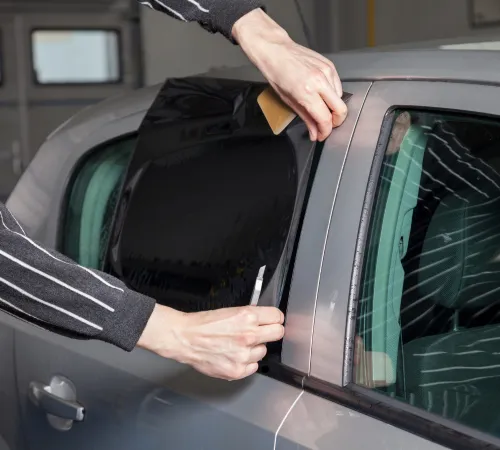
Tint Percentages
The Perfect Window Tint Percentage
Before selecting the window tint percentage for your vehicle, it's essential to consider the legal window tint limits in your area. Different states and countries have specific regulations on tint darkness levels and window tint levels that you must...
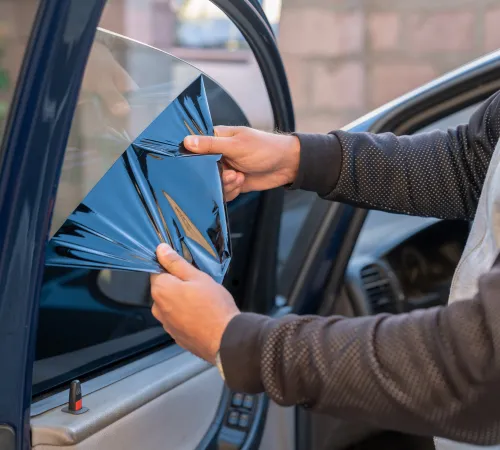
Window Tint Laws
Texas State Laws on Window Tinting
Are you aware of the complexities tied to Texas window tint laws? Each layer of tint on your vehicle's glass carries legal weight. It’s pivotal for drivers to align with legal window tint Texas standards to avoid penalties. With vehicle tint regulations...
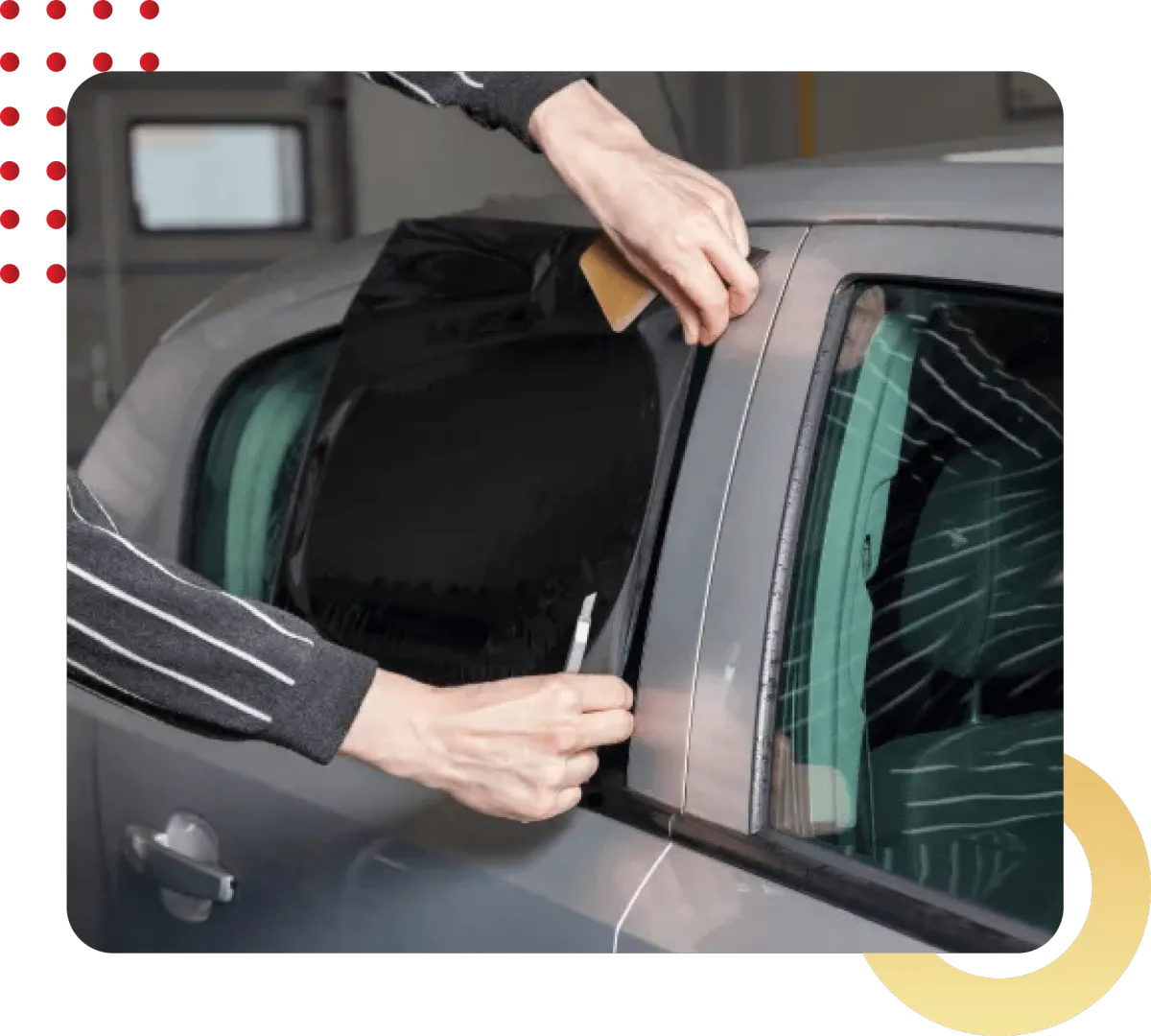
Window Tint Guide
Things to Know Before Buying Tint
Before purchasing window tint, it's crucial to understand the different types available. There are dyed, metalized, carbon, and ceramic tints, each offering unique benefits. Dyed tints are affordable and effective for reducing glare...
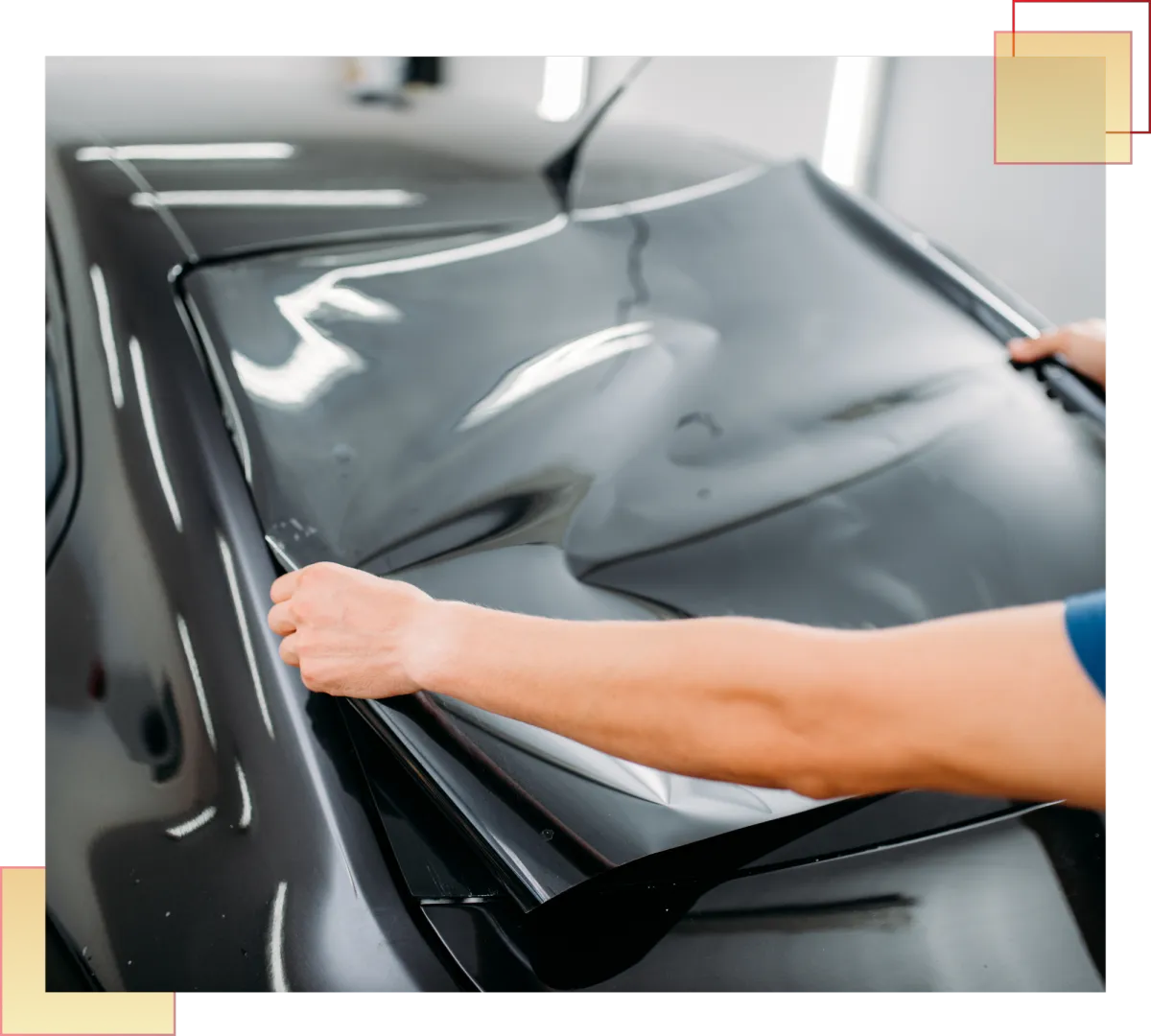
Window Tint
Types of Window Tint and Their Benefits
Choosing the right window tint for your vehicle can be challenging with so many options available. Each type—dyed, metalized, ceramic, and hybrid—offers distinct advantages, catering to needs like UV protection, heat reduction...
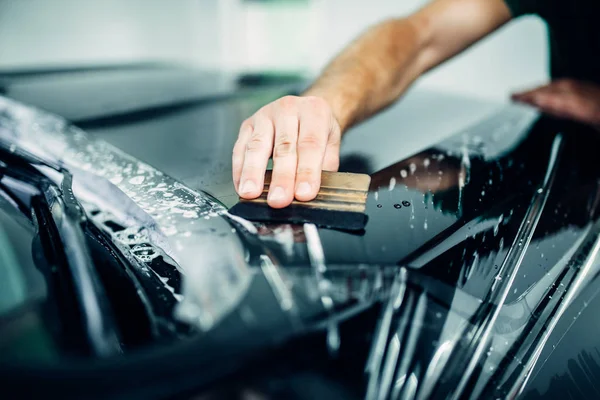
What is PPF?
Guide to Paint Protection Film for Cars
Paint Protection Film (PPF) is a transparent layer applied to a vehicle's exterior to protect the paint from damage caused by road debris, UV rays, and environmental factors. It’s a popular solution for vehicle owners looking to maintain...
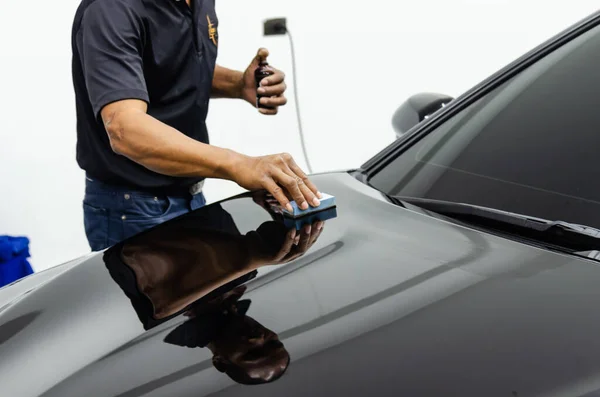
Ceramic Coatings
The Benefits of Ceramic Coatings
Ceramic coating Texas offers superior protection for vehicles exposed to the state's harsh climate. From intense UV rays to extreme weather conditions, ceramic coatings create a durable layer of defense that keeps your car looking its best.
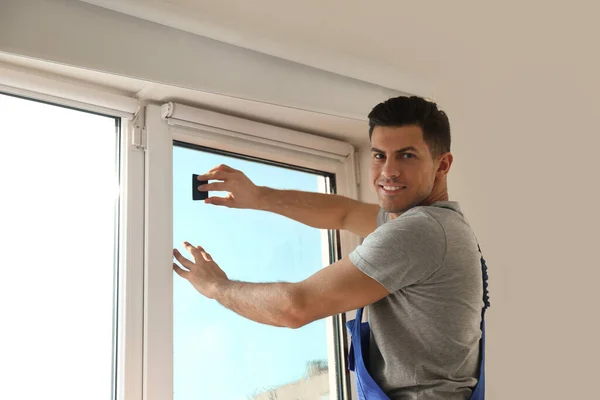
Residential Window Tinting
Home Window Tint Options by Sun Shield
Choosing the right home window tint is essential for improving comfort, privacy, and energy efficiency. Window tints come in various types, each offering unique benefits that can improve your home's atmosphere and protect your interiors.
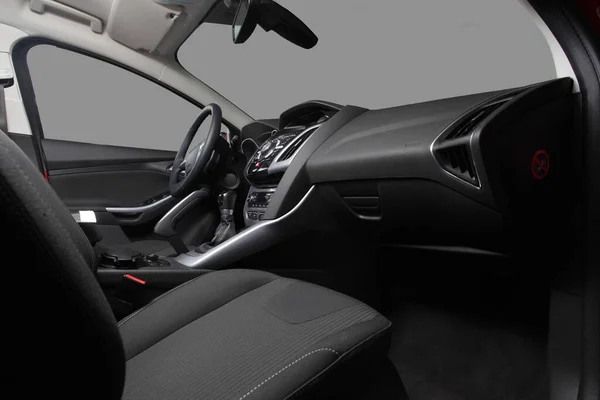
Protecting Car Interiors
The Importance of Window Tint for Car Interiors
If you often wonder how to protect car interior from the harsh Texas sun, installing high-quality window tint is your best solution. UV rays can cause significant damage, leading to faded upholstery, cracked dashboards, and overall wear...
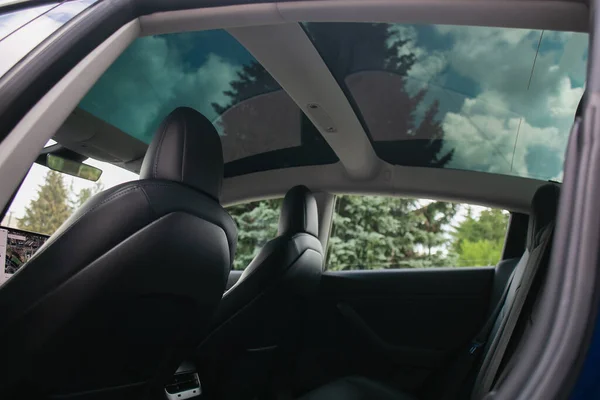
Eco-friendly Window Tint
Environmental Impact of Eco-Friendly Window Tint
Installing eco-friendly window tint helps reduce your environmental footprint by improving energy efficiency in homes and vehicles. This tint reduces the need for excessive air conditioning, contributing to lower energy consumption...
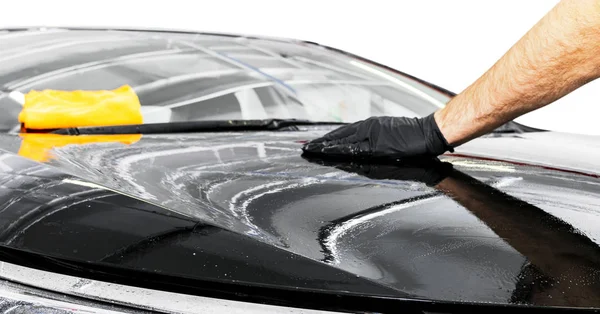
PPF Maintenance
Maintaining Paint Protection Film on Vehicles
Maintaining paint protection film (PPF) is essential for ensuring its longevity and keeping your vehicle looking pristine. With consistent care and attention, your PPF can continue to protect your vehicle from damage such as rock chips, road...
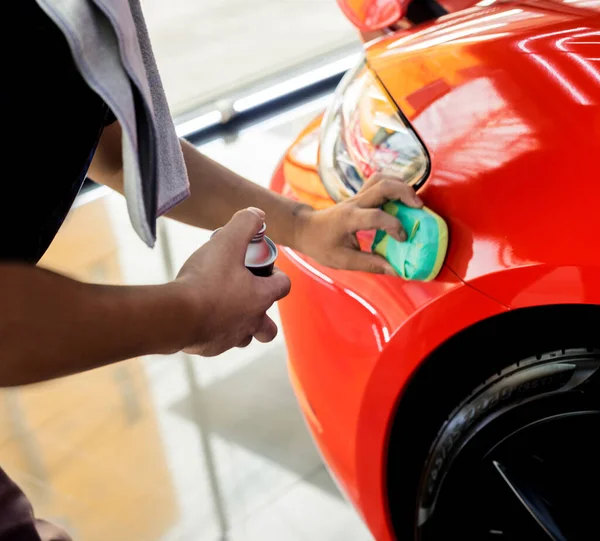
Ceramic Coatings
Car Wax Comparison Versus Professional Ceramic Coatings
Choosing between ceramic coating and car wax, both have their pros and cons. Wax is a more budget-friendly option but requires frequent reapplication, while ceramic coating offers long-term car protection. Although wax gives your car...
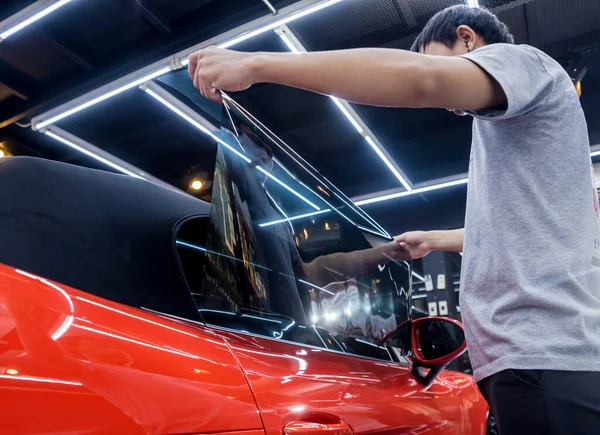
Window Tint
Prepare Vehicle for Window Tinting
Properly prepare vehicle for window tinting to ensure the best results before starting the process. From inspecting for any glass imperfections to checking the vehicle’s environment, these steps ensure the best tint application possible.
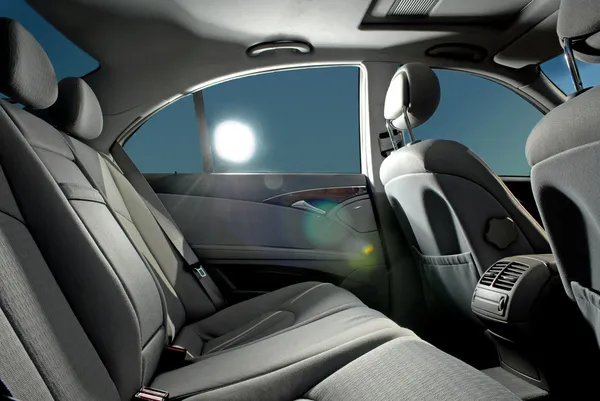
UV Blocking Film
UV Protection in Window Tinting
UV protection window tint works by filtering harmful ultraviolet rays that can cause damage to your vehicle's interior and passengers. The science of window tint involves specialized films designed to block UV rays, which in turn help...
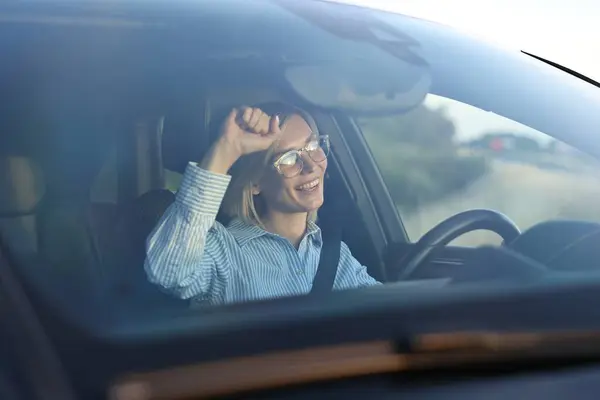
Energy-Efficient Tint
How Window Tint Improves Fuel Efficiency
Installing energy-efficient car tint significantly reduces interior heat and air conditioning use. This lowers fuel consumption, offering a cost-effective and eco-friendly solution for drivers. With Texas's high temperatures...

Types of PPF
Understanding the Types of Paint Protection Film
Paint Protection Film (PPF) is vital for preserving your car’s exterior. To prevent chips, scratches, or fading, understanding the types of paint protection film is key. From standard PPF to advanced ceramic coatings...

PPF Myths
Myths Debunked: Misconceptions about PPF
Paint protection film (PPF) is often misunderstood by car owners due to widespread myths. These misconceptions can prevent people from considering it as a viable and effective option for protecting their vehicle.
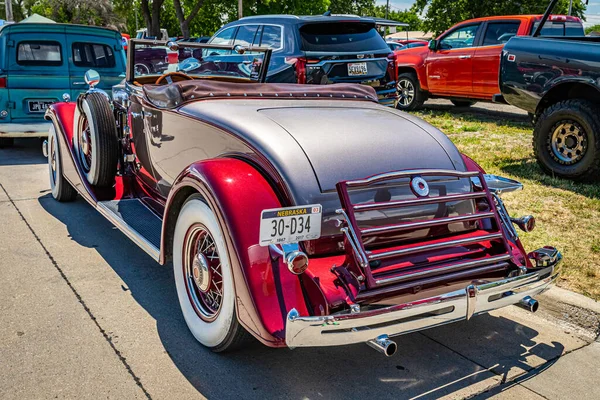
Ceramic Coatings
Benefits of Ceramic Coatings for Road Protection
Ceramic coating forms a transparent, durable layer over your car’s paint, offering outstanding protection. This advanced solution safeguards against road debris, minor scratches, and contaminants. Its hydrophobic...
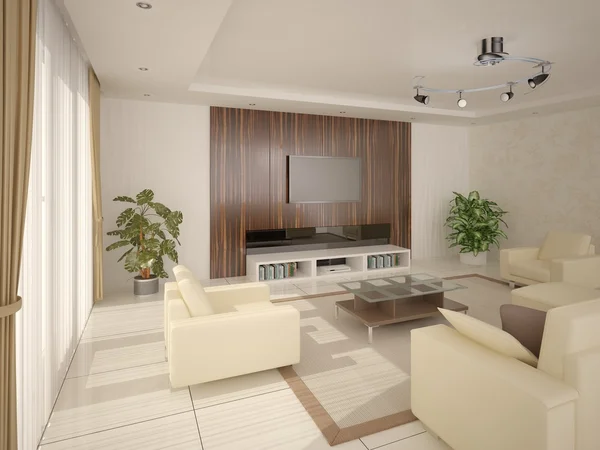
Ceramic Tint at Home
Top 5 Benefits of Ceramic Window Tint
Ceramic window tint for homes offers an effective solution to residential challenges. Homeowners in Texas face high energy costs, UV exposure, and privacy concerns. Ceramic tint reduces heat, saves energy, and...

Window Tint
How Ceramic Window Tint Can Help Reduce Eye Strain
Ceramic window tint is an innovative solution that minimizes glare by filtering out harmful sunlight while allowing natural light to enter. Unlike traditional tints, ceramic films use advanced nanotechnology that goes beyond...

PPF for Rock Chips
How PPF Protects Your Car from Rock Chips
Your vehicle’s paint faces constant threats from road debris, including rocks, gravel, and other small hazards. Paint protection film (PPF) provides a durable barrier that shields your car’s exterior from these common risks. By absorbing the...
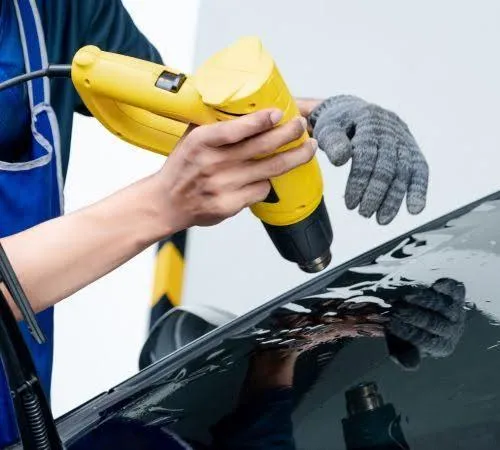
UV Protection Tint
Why UV Protection is Essential for Homes and Vehicles
UV rays can cause significant damage to both the interior of your car and your home. The harmful rays penetrate glass, fading upholstery, flooring, and other interior elements over time. Whether it's your vehicle’s seats, your living room...
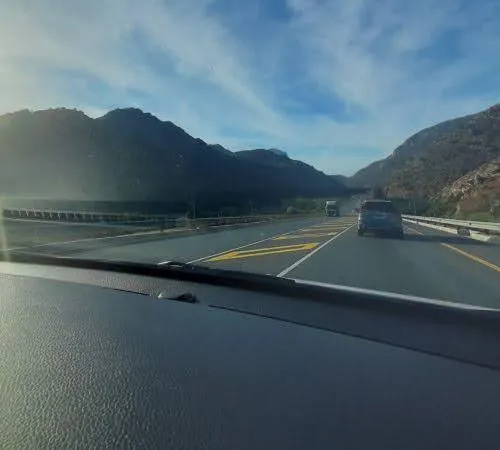
Ceramic vs Carbon Tint
Ceramic vs Carbon Tint: What Sets Them Apart
When deciding between ceramic and carbon window tint, it's essential to understand the key differences in the materials and their benefits. Ceramic tints use non-metallic, ceramic-based particles that improve the film's performance without interfering with electronics...

Architectural Tint
Architectural Window Tint: 5 Reasons to Consider It
Architectural window tinting plays a crucial role in improving energy efficiency for both residential and commercial properties. By reducing the amount of heat that enters a building, window tint can help maintain a more stable indoor temperature. This can significantly reduce reliance on...
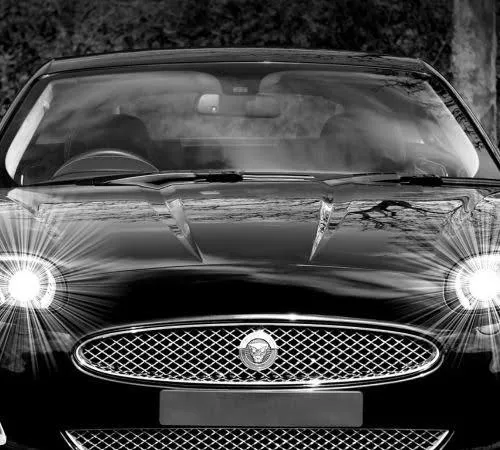
UV Protection Tint
Maintenance for Long-Lasting Ceramic Coatings
To keep you ceramic coating performing at its best, proper cleaning techniques are crucial. Start by using a pH-balanced car wash soap that’s safe for ceramic coatings. Avoid harsh detergents or acidic cleaners, which can damage the protective coating upkeep.
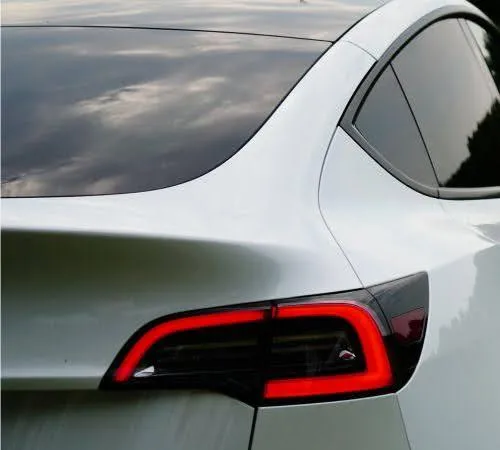
Electric Vehicle Coatings
Amazing Benefits of Ceramic Coating for EVs
Electric vehicles (EVs) are known for their sleek, modern designs and advanced paint finishes. These finishes are vulnerable to environmental damage like UV rays, bird droppings, and harsh weather. A ceramic coating for EVs...
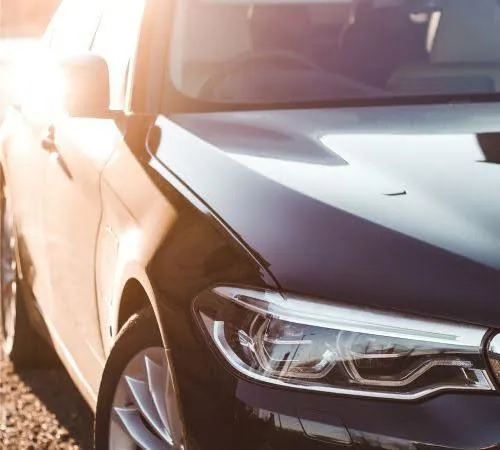
Vehicle Interior Protection
UV Protection for Car Interiors to Preserve Your Car’s Value
Sunlight is one of the biggest culprits of interior fading in vehicles. Harmful UV rays penetrate windows, causing dashboards, seats, and trim to fade and crack over time. Without proper protection, your car’s interior...
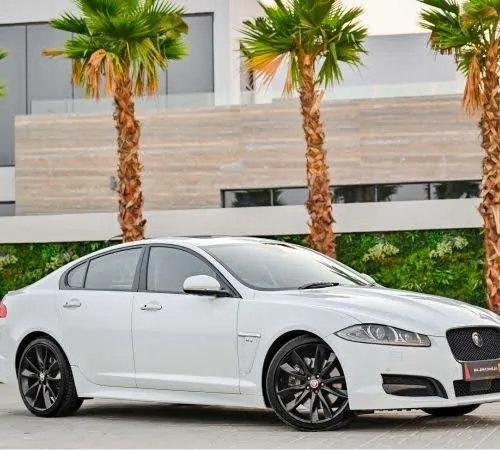
PPF Repair and Maintenance
The Essentials of Paint Protection Film Maintenance
Over time, paint protection film can start to lose its clarity, turning yellow or cloudy. This discoloration happens when the film is exposed to prolonged UV rays and harsh weather conditions. If your once-clear PPF is now dull or discolored...
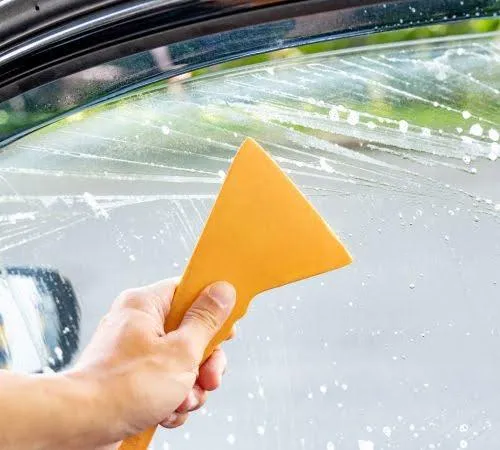
Office Window Tint
Energy-efficient Window Tint to Improve Productivity
Glare from harsh sunlight can be a major distraction in office environments, causing discomfort and reducing productivity. By installing office window tint, businesses can significantly minimize glare, making screens easier to see...
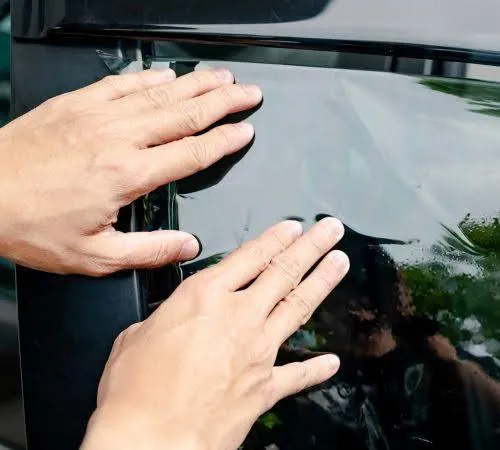
Ceramic Window Tint
The Technology Behind Ceramic Window Tint
Ceramic window tint uses advanced nanotechnology to block heat and harmful rays. Microscopic ceramic particles embedded in the film effectively reflect infrared light, reducing heat buildup inside your vehicle...
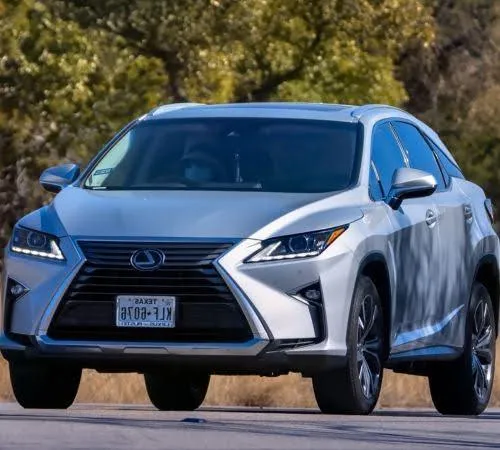
Ceramic Coating a Fleet
Advantages of Ceramic Coatings for Fleets
Commercial vehicle fleets are constantly exposed to harsh environmental conditions. From road debris to weather elements like rain, snow, and UV rays, these factors can significantly reduce the lifespan of your vehicles. Ceramic coating for fleets...
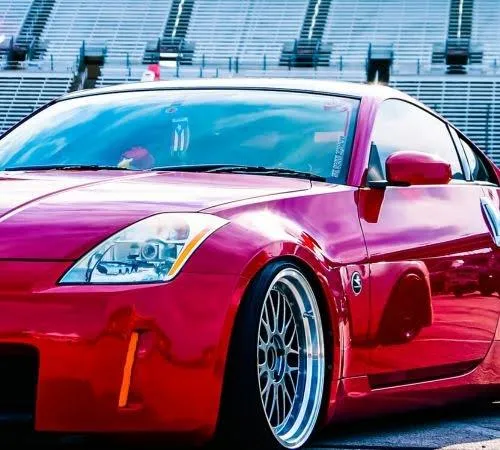
Window Tint and Resale Value
How Window Tint Boosts Vehicle Resale Value
Window tinting does more than just improve a car’s appearance—it also protects its interior and improves comfort. The right tint can make a car more appealing to buyers, potentially increasing its resale value. Buyers often look for...

Paint Protection Film
The Lesser-Known Paint Protection Film Benefits
Paint Protection Film (PPF) is a clear, durable layer applied to a vehicle’s exterior to prevent surface damage. Unlike wax, which provides temporary protection, PPF acts as a long-term barrier against environmental...
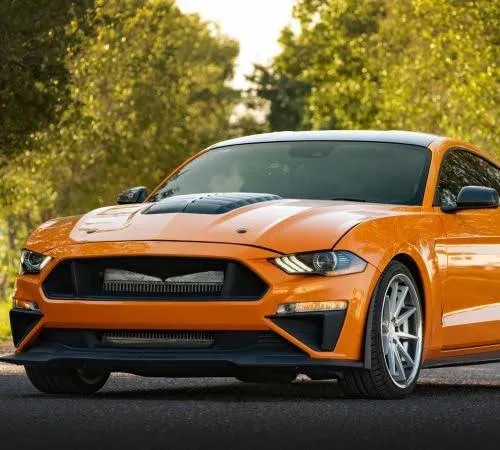
Architectural Window Tint
Reasons to Install Window Tinting in Buildings
Managing indoor temperatures in a commercial building can be challenging, especially during hot summers. Installing commercial window tint helps reduce heat buildup, keeping interiors cooler. This lowers the strain on HVAC systems...
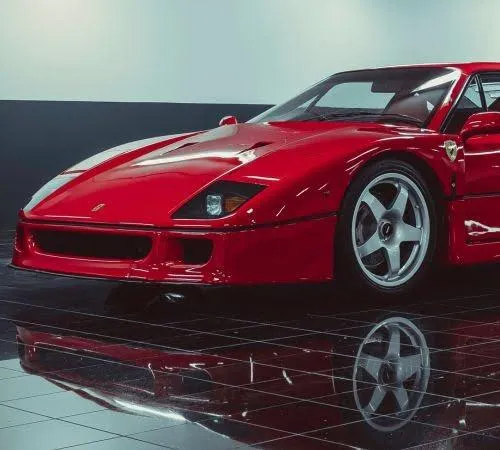
Window Tint and Water Spots
Ceramic Coating Maintenance in Preventing Water Spots
Water spots form when hard water containing minerals like calcium and magnesium evaporates on a car's surface. The residue left behind creates visible stains, which can etch into the paint over time. If not removed quickly...

Heat Rejection Window Film
Finding the Best Window Tint for Heat Protection
Keeping your car cool during hot summer days can be a challenge, especially in Texas. A quality window tint helps block heat, making your car more comfortable. Choosing the best window tint for heat guarantees reduced interior...
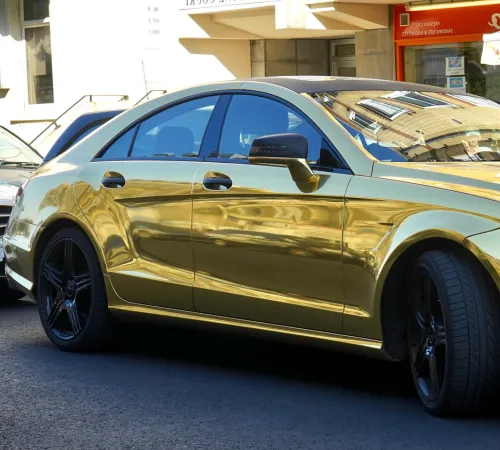
Security Window Tint
Why Security Window Film Is a Smart Investment
Security window film is designed to reinforce glass, making it more resistant to impact. The film consists of strong polyester layers bonded with adhesives that help hold shattered glass together. This reduces the risk of injury...
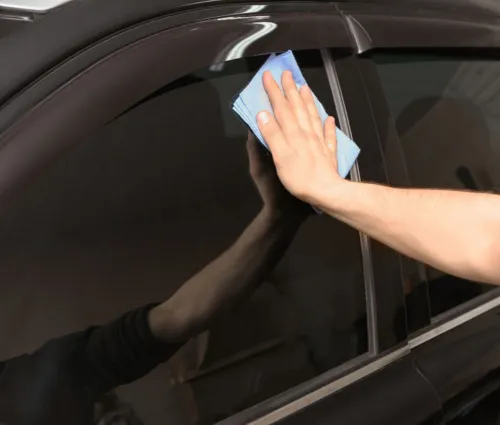
Ceramic Tint
What Makes Ceramic Window Tint Worth It
Ceramic window tint goes beyond the basics of sun protection. Unlike dyed films that fade over time or metalized films that can interfere with signals, ceramic tints are engineered for performance. They block more infrared heat, provide superior UV protection, and maintain optical clarity.
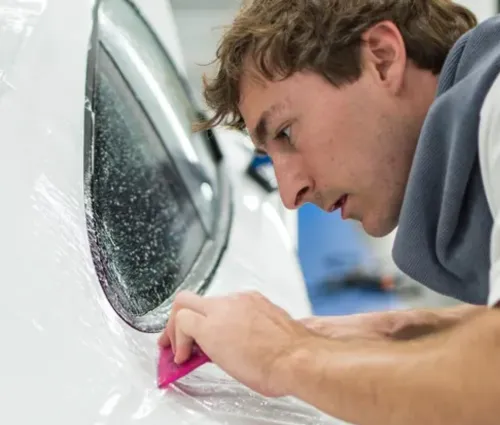
PPF Maintenance
How Auto Detailing Enhances PPF Performance
Paint protection film (PPF) is built to protect your car’s paint from chips, scratches, and road grime, but it works best with proper care. Auto detailing plays a key role in maintaining that protection. Professional detailing removes surface contaminants that can wear down or discolor the film.
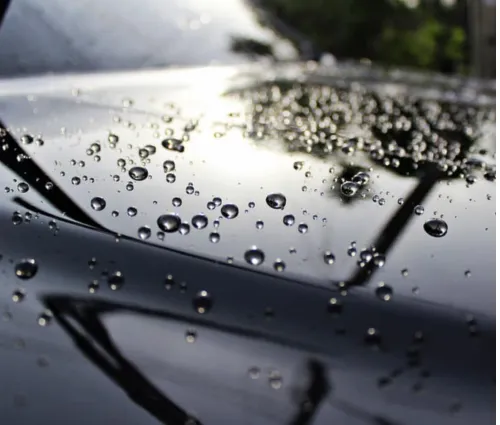
Black Paint
Why Ceramic Coatings Are Ideal for Black Vehicles
Black vehicles look stunning when clean, but they’re notoriously difficult to keep that way. Every dust particle, fingerprint, water spot, or swirl mark shows up clearly on dark paint, making frequent cleaning a must. Without protection, black paint can dull...

Storefront Tint
How Commercial Window Tint Improves Storefront Visibility and Security
Commercial window tint does more than add a sleek, professional look to storefronts helps protect your business. Tinted windows discourage theft by limiting visibility from the outside while still allowing staff and...
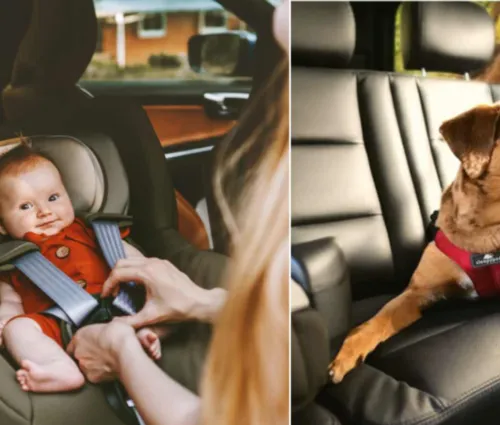
Family Vehicles
How Window Tint Protects Children and Pets
Texas heat can turn a vehicle into an oven in just minutes. For families with children or pets, this poses real risks. Window tinting provides a layer of protection by blocking harmful UV rays and reducing interior temperature. Our automotive window tint solutions...
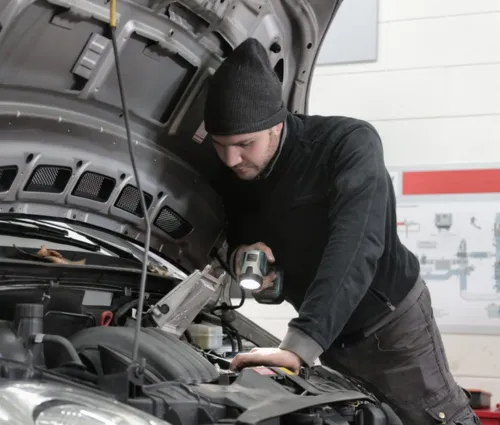
PPF Install
What to Expect During a Professional PPF Installation
A successful PPF installation starts with careful preparation. At Sun Shield Lubbock, the process begins with a detailed vehicle inspection. Technicians assess paint condition and identify any imperfections that could interfere with film adhesion...
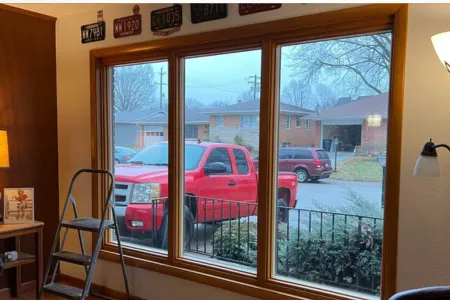
Tint Benefits
Ceramic Tint Gives Privacy With Perfect Views
Ceramic window tint uses nano-ceramic particles that absorb heat and scatter ultraviolet rays while letting generous visible light reach the cabin. From the street glass appears subtly shaded, revealing only blurred outlines, yet inside drivers enjoy natural color, sharp contrast, and...
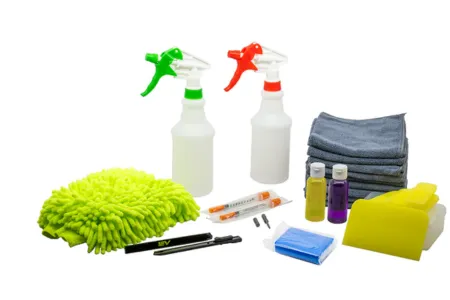
DIY vs Pro
DIY Paint Protection Film: Risks Uncovered
Most do-it-yourself paint protection film kits arrive with pre-cut polyurethane sheets, a squeegee, spray bottles for slip and tack solutions, and a hobby razor for trimming seams. Promotional videos make the process look easy, so many drivers expect to save money by skipping the shop. Doorstep delivery...

Paint Care
Maintain Car Gloss with Paint Protection Film
Fresh factory paint looks mirror-smooth because the clear coat is flawless. Over months of driving, though, airborne sand, bug acids, bird droppings, and abrasive wash brushes scar the surface. Microscopic scratches scatter light, dulling color and reducing the crisp gloss that...
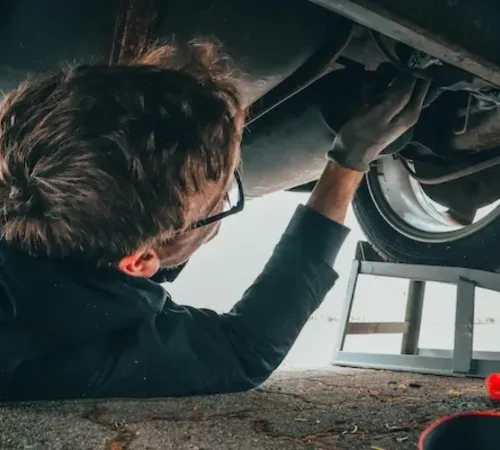
Vehicle Care
Ceramic Coating Simplifies Regular Vehicle Maintenance
Unprotected paint demands constant attention. Road film, Texas dust, and bird fallout stick hard to the clear coat, so owners scrub weekly just to keep color visible...

Essential Window Tint Basics
Window Tint versus Window Film: Examining the Key Practical Differences
Drivers and homeowners often say window tint and window film like they’re interchangeable, but the products serve different needs...

Energy Savings
Architectural window tint drives energy savings, slashing power bills
Architectural window tint gives overworked Texas air‑conditioning units a break by blocking solar heat before it invades living space..

Cost Pitfalls
Cheap tint: bubbles, fading, fines, expensive removal and repairs
Cheap dyed tint looks fine on day one, but weak adhesive and thin polyester fail fast. Bubbles creep from heater lines, corners lift, and purple fade kills visibility. Removing it means razors, steam, solvents...

Protection Types
Ceramic Coating or Paint Sealant Comparison
True ceramic coatings rely on nano‑scale silicon dioxide or graphene that cures into a glass‑like lattice across a clear coat.The layer hardens to nearly 9H and presents water contact angles above 110 degrees, deflecting scratches, acids, and harsh...

Lease Car Protection
Is Paint Protection Film Worth It on a Lease Turn-In?
Paint Protection Film (PPF) is a clear, durable layer that protects a vehicle’s exterior. It shields the paint from damage caused by rocks, road debris, bird droppings, and other elements. For leased vehicles, PPF is invaluable, as it preserves...
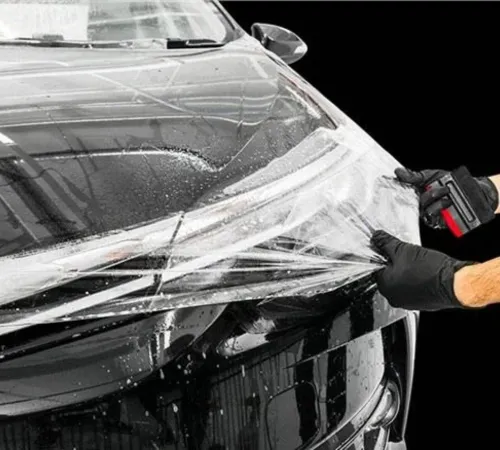
Advanced Protection
Self-Healing Paint Protection Film: Technology Explained
Self-healing Paint Protection Film (PPF) is a cutting-edgeis a cutting-edge technology designed to protect your vehicle’s exterior.Made from durable polyurethane, the film has the unique ability to “heal...
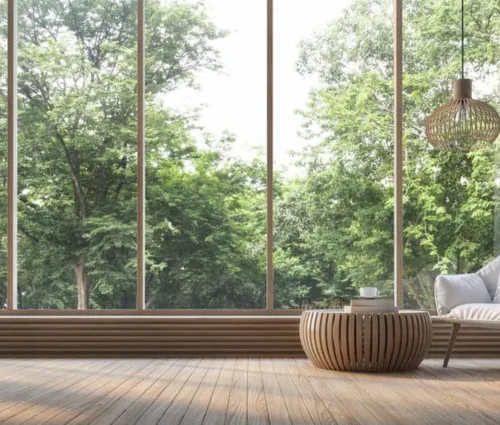
Window Tinting Benefits
How Window Tinting Integrates with Smart Home Climate Control
Window tinting is not just about enhancing privacy and blocking UV rays. When integrated with smart home systems, it plays a crucial role in regulating temperature and boosting energy efficiency.

Care for Ceramic Coatings
Seasonal Care Tips for Ceramic-Coated Vehicles
Ceramic coatings provide excellent protection by creating a hydrophobic surface that repels water, dirt, and contaminants. However, to maintain the coating’s effectiveness, care routines ...
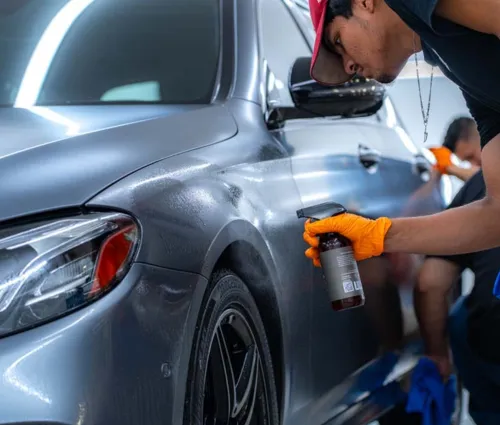
Matte and Satin Protection
Protecting Matte and Satin Paint with Ceramic Coating and PPF
Matte and satin finishes give vehicles a unique look, but they require extra care for maintenance and protection. Without the glossy sheen of traditional paint, these finishes are more vulnerable to scratches...

Eye Strain Relief
How Ceramic Tint Reduces Eye Strain on Long Commutes
Long commutes can strain the eyes, especially with constant glare from the sun or headlights. Ceramic window tint helps reduce eye strain by blocking a high percentage of visible light and UV rays, improving comfort while driving. It also protects...

Care for Ceramic Coatings
Seasonal Care Tips for Ceramic-Coated Vehicles
Ceramic coatings provide excellent protection by creating a hydrophobic surface that repels water, dirt, and contaminants. However, to maintain the coating’s effectiveness, care routines ...
Get our latest news and promos


SATISFACTION GUARANTEED

UNPARALLELED SUPPORT
Sun Shield of Lubbock
Social Media
Payments Accepted







